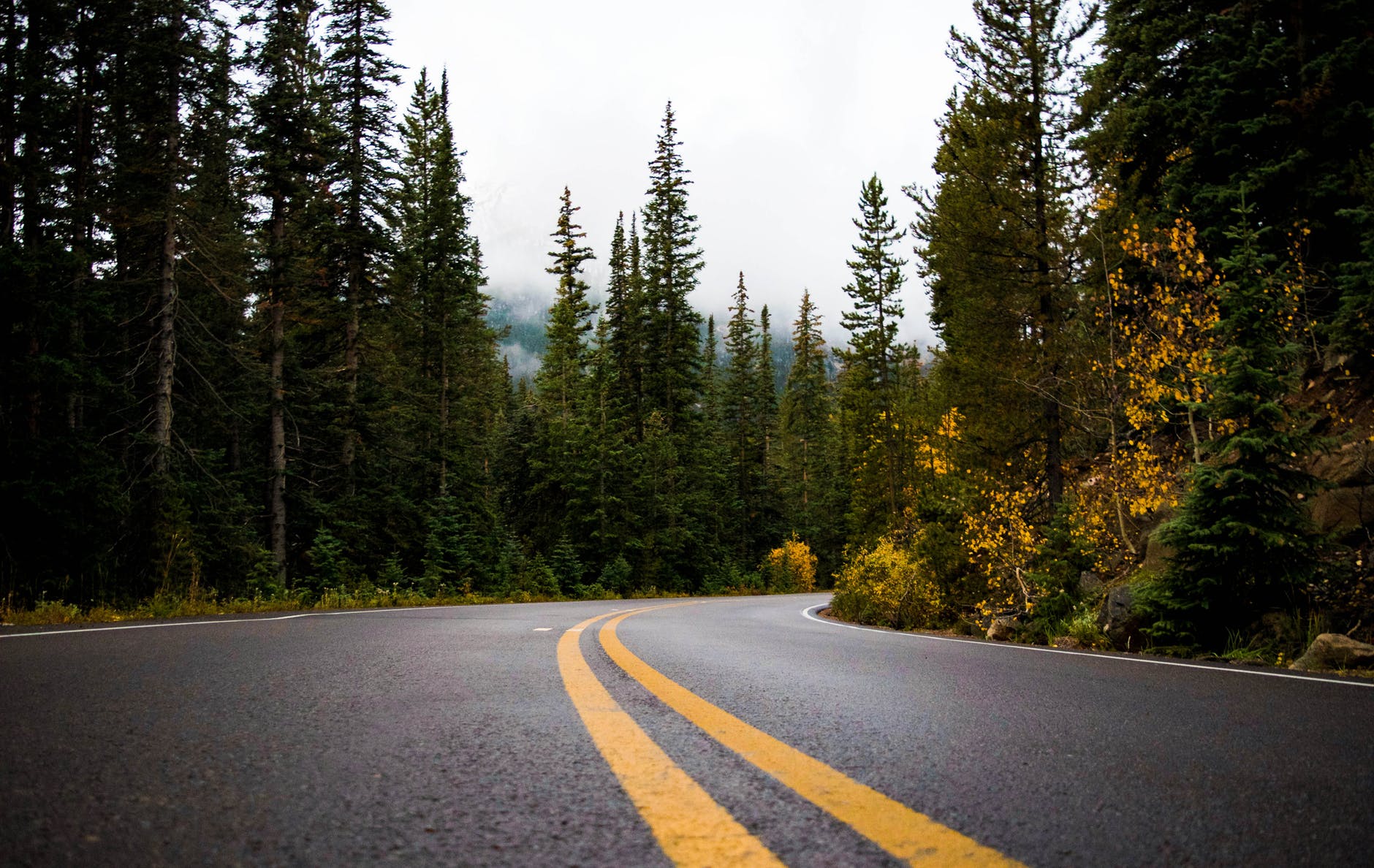The Himalayan region has a unique geographical condition due to which it occupies rich diversity of flora and fauna and at the same time, this region is very sensitive to ecological disturbance. The wide range of altitudinal variations offers special habitat types such as Sub-tropical moist deciduous, Subtropical pine forest, Himalayan moist temperate, Subalpine meadows and Alpine zone which includes endemic plants, mammals, reptiles, amphibians etc. The Garhwal Himalaya is home to endangered wild mammals such as Musk deer (Moschus Moschiferus), Bharal, and rich in endemic avifauna, especially on pheasants and partridges.
On the other hand, in the name of economic expansion, Garhwal Himalayan region is facing threats of habitat loss, alteration, and habitat fragmentation, which ultimately leads to the loss of its rich biodiversity. The wildlife and biodiversity of Uttarakhand pressurized by vast construction due to urbanization, small and large-scale hydropower projects and now the unplanned road networks, which includes the 1200 crore Char Dham Highway Development project, launched in 2016 for enhancing the state economy by connecting the Char Dham (Kedarnath, Badrinath, Gangotri, and Yamunotri). The aim of this project is to jump up the state economy by boosting tourism and provide a suitable livelihood for local people, which will reduce the migration of local people. But the project involved construction and widening of 900 km road, which include a series of bypasses, small and large bridges, tunnels, and coverts.
According to NGT (National Green Tribunal), this Char Dham Highway project include diversion of 475-hectare forest land without considering the altering and fragmentation of habitat and till now approximately 25000 trees were fell down. According to T.R. Shankar Raman, Nature Conservation Foundation (NCF) scientist, each kilometer road affected at least 10 hectares of habitat to its damage. And we can estimate how much biodiversity destruction will happen in this fragile region due to 900 km road widening and construction as well as the diversion of the 475-hectare forest. Above that, according to SANDRP (South Asia Network on Dams, Rivers and People), the massive muck, debris, and rubble generated due to slop cutting and disposed directly to the rivers. The direct dumping zones in the river, hampering the aquatic life which will block in the river the fish breeding grounds.
Although the motive of this project was adequate but the project breaching all the environment norms completely. Even this project has no environmental impact assessment (EIA) despite the fact that the highways are situated in an eco-sensitive zone. According to the National Institute of Disaster Management reports in 2013 that in the hilly terrain, the construction of roads is the main factor in disturbing the ecological balance. But the question is what development method should be approached? For the Himalayan region, the road development plane should be inclusive rather than exclusive to protect its rich biodiversity and for sustainable development.
